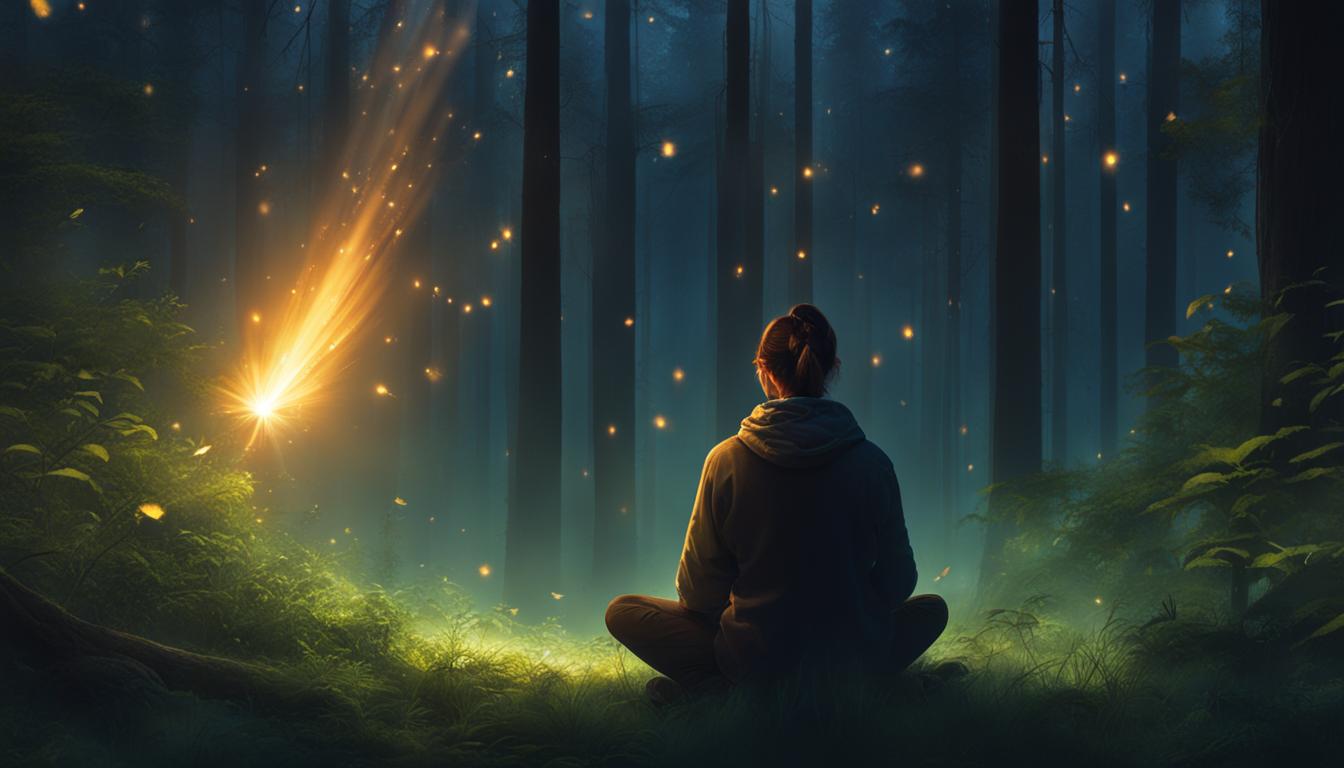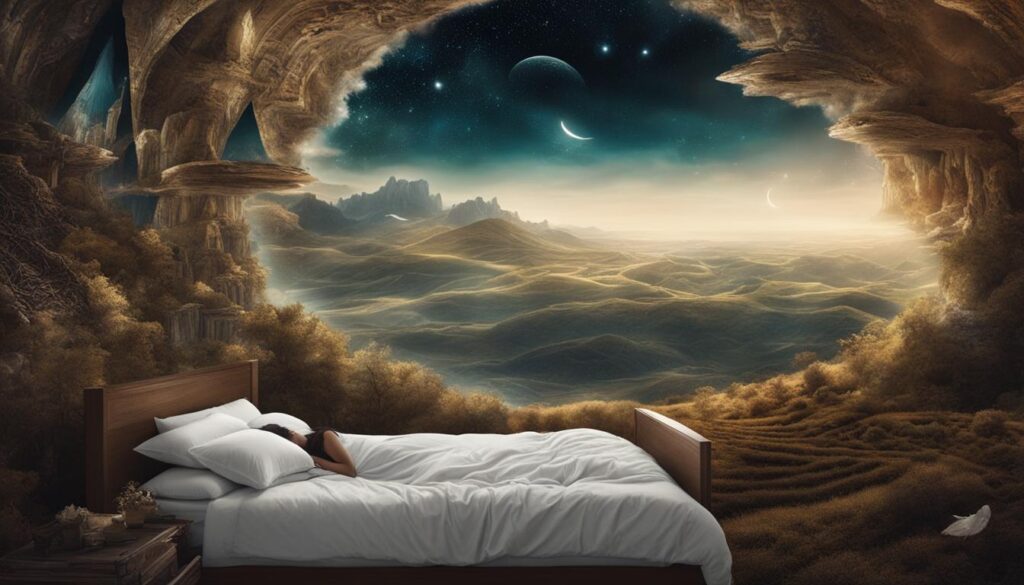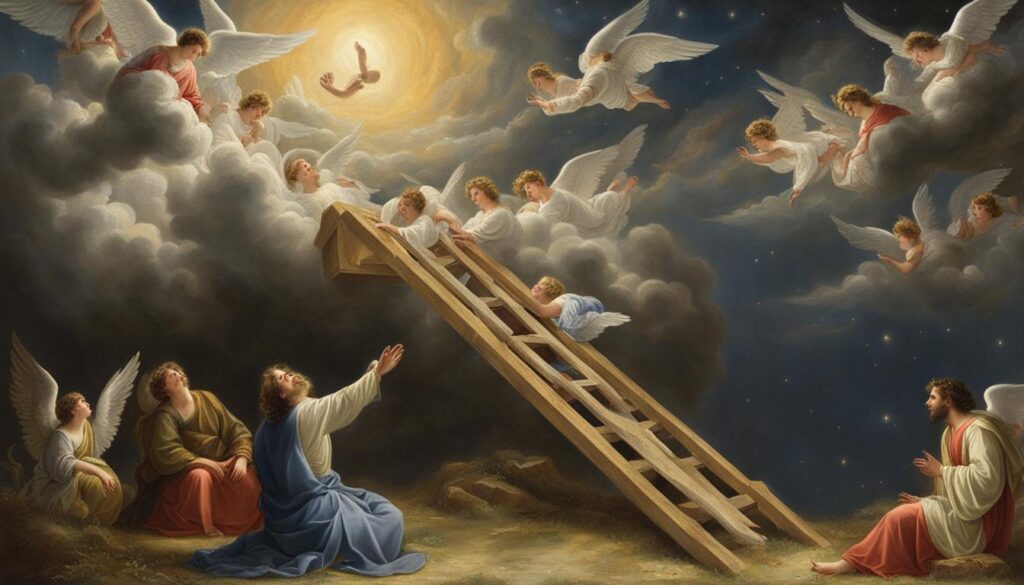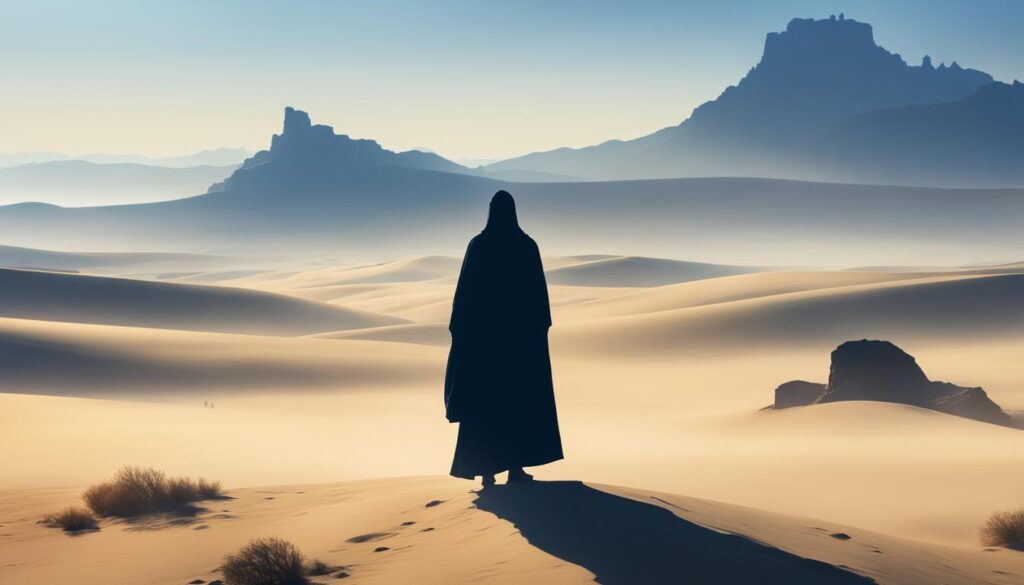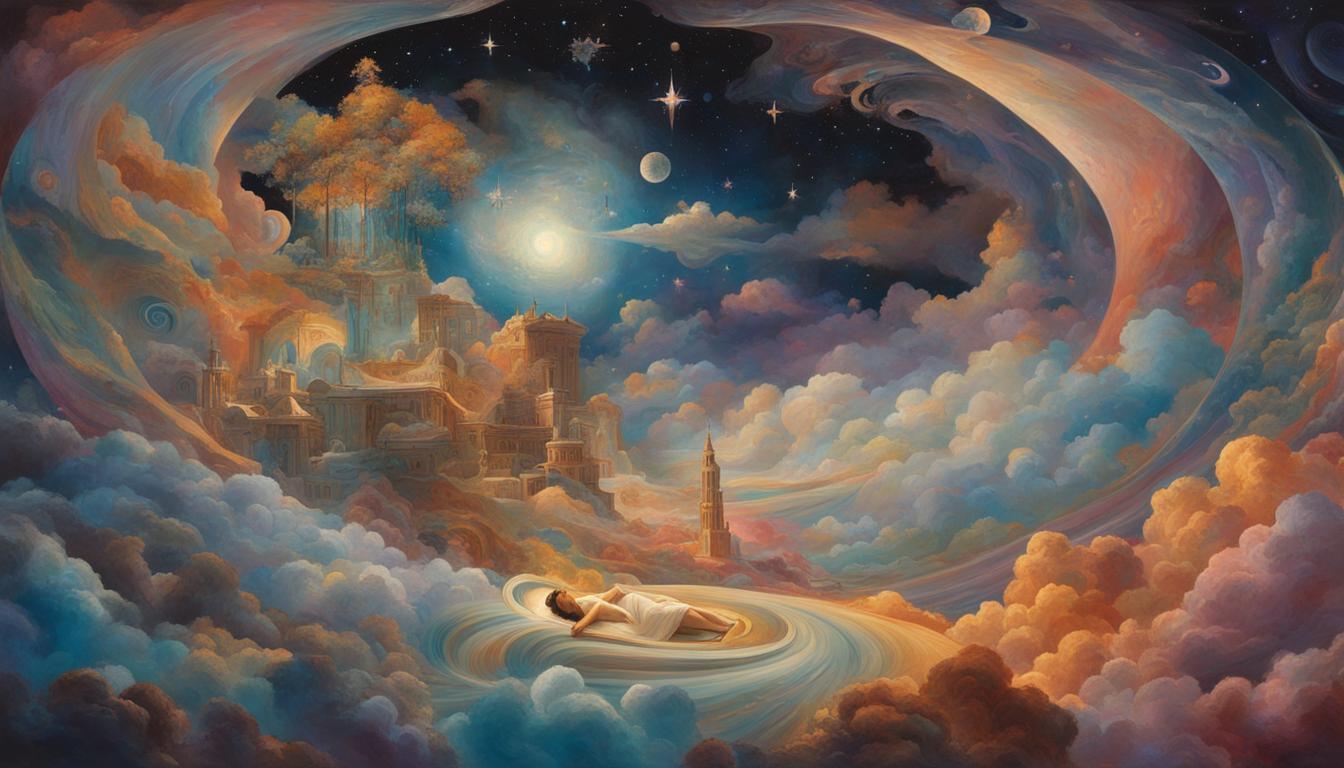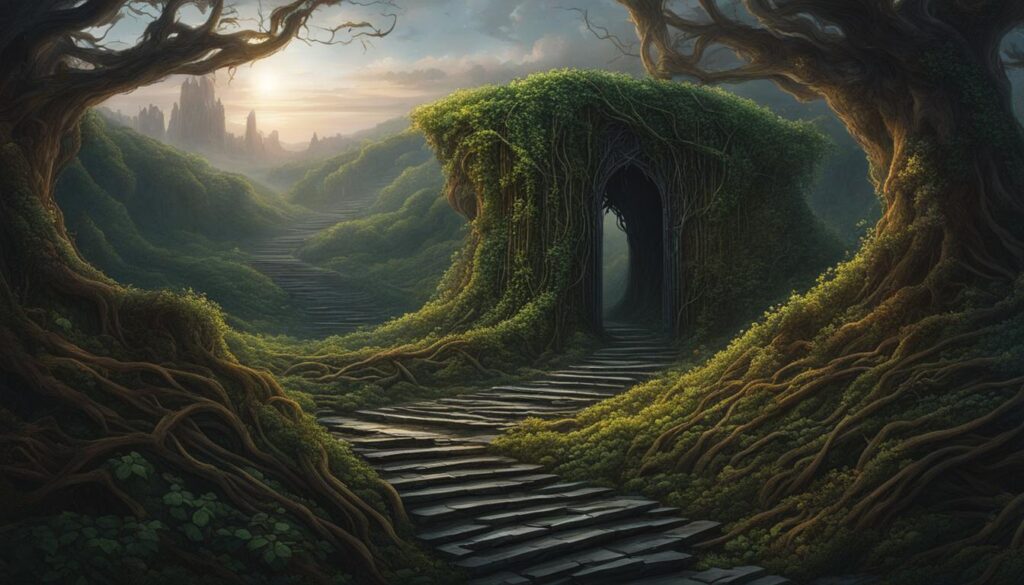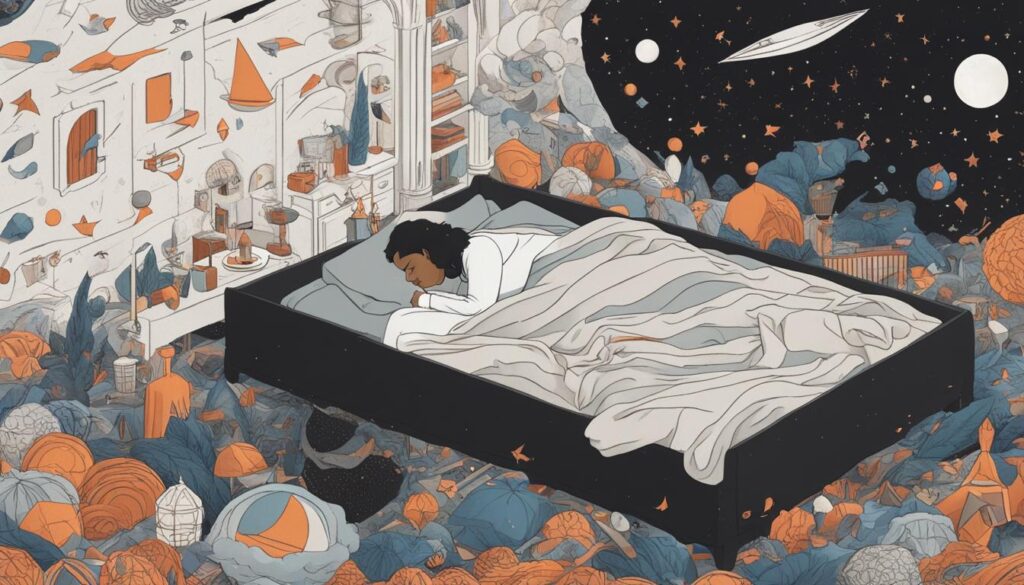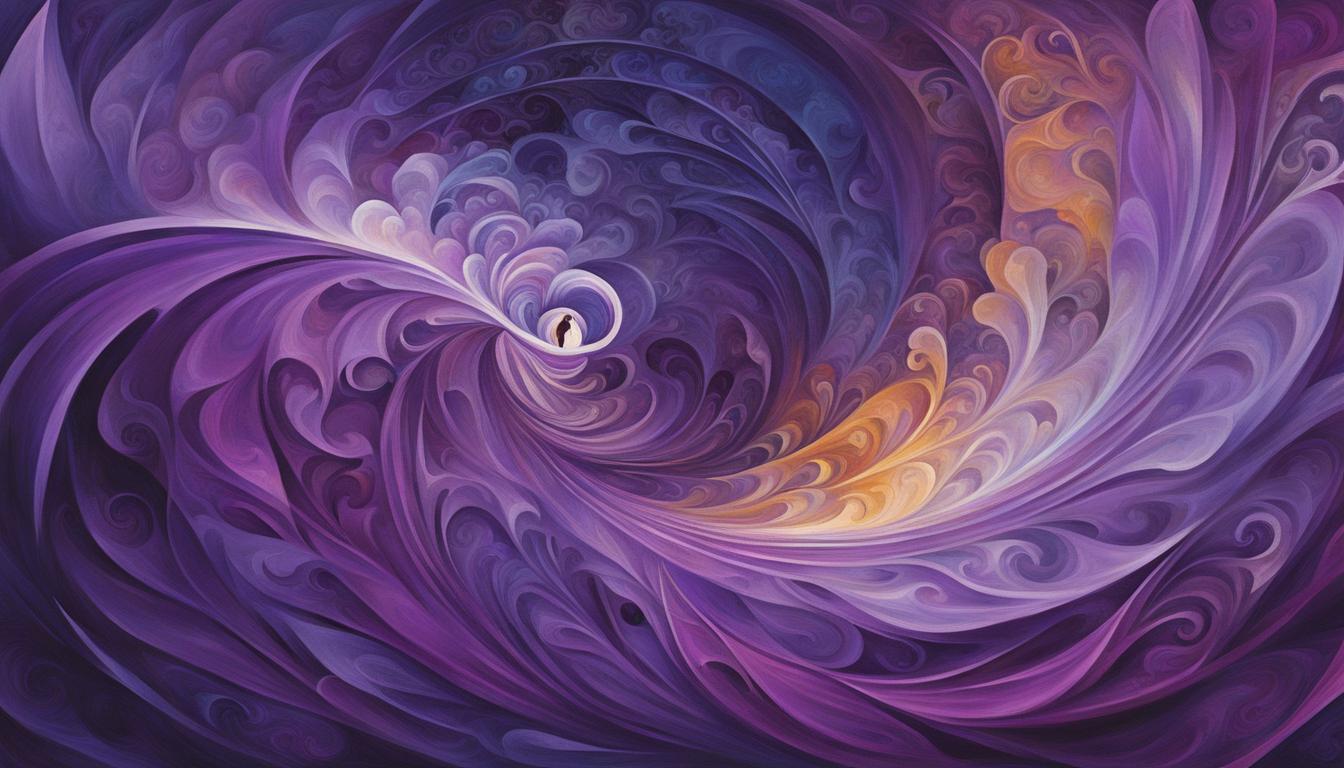The History of Moonstone
Moonstone is a remarkable gemstone that has been prized for centuries for its unique shimmer and iridescence. Ancient civilizations such as the Romans, Greeks, and Hindus believed that moonstone was magically created from moonbeams, giving it a mystical allure that has captivated people throughout history. The gem has been used in jewelry, amulets, and talismans for its supposed powers of protection, love, and good fortune. Over the years, moonstone has remained a popular and sought-after gemstone with a timeless appeal.
The Characteristics of Moonstone
Moonstone is a type of feldspar mineral that is composed of layers of albite and orthoclase. This layering is what gives moonstone its characteristic shimmer, a phenomenon known as adularescence. When light strikes the surface of the stone, it scatters, creating a glowing effect that appears to move across the gem, resembling the soft glow of the moon. This unique optical effect is what sets moonstone apart from other gemstones and makes it highly desirable for jewelry and other decorative uses.
In terms of color, moonstone typically ranges from colorless to white, and can also have hints of blue, gray, peach, and green. These subtle hues add to the mysterious and enchanting appeal of moonstone, making it a favorite among jewelry designers and gem enthusiasts. The gem is also available in different cuts and shapes, including cabochons, beads, and faceted gemstones, allowing for a wide range of creative possibilities in jewelry design.
The Varieties of Moonstone
There are several different varieties of moonstone, each with its own unique properties and characteristics. The most well-known type is rainbow moonstone, which displays a captivating play of colors, including blue, green, and pink. This type of moonstone is highly prized for its colorful iridescence and is often used in high-quality jewelry pieces.
Another popular variety is peach moonstone, which has a warm, peachy color with a subtle glow. This type of moonstone is often used as a more affordable alternative to rainbow moonstone, offering a similar shimmer and iridescence at a lower cost. Other varieties of moonstone include gray moonstone, black moonstone, and white moonstone, each with its own unique charm and appeal.
The Metaphysical Properties of Moonstone
Throughout history, moonstone has been associated with various metaphysical and healing properties. In many cultures, moonstone is believed to be a powerful talisman for protection, particularly during travel and at night. It is also thought to enhance intuition and psychic abilities, making it a popular choice for meditation and spiritual practices.
In terms of healing properties, moonstone is said to balance emotions, alleviate stress, and promote inner harmony and emotional well-being. It is also associated with fertility and childbirth, making it a popular choice for expectant mothers and those trying to conceive. For these reasons, moonstone is often used in alternative and holistic healing practices, as well as in meditation and spiritual jewelry.
The Lore of Moonstone
Moonstone carries with it a rich history and a wealth of myth and lore. In ancient times, it was believed to be solidified moonbeams, hence the name. In many cultures, moonstone was considered a sacred stone, believed to have divine powers. In Hindu mythology, it was thought to be made from moonlight, and in Roman mythology, it was associated with the goddess Diana. Perhaps the most famous lore surrounding moonstone is its supposed ability to bring about good fortune, enhance intuition, and promote inspiration. Many believed that wearing or carrying moonstone would bring about peace and harmony in their lives. Whether or not one believes in the mystique of moonstone, there is no denying the allure of this enigmatic gem.
Moonstone in Jewelry
In today’s world, moonstone has become a popular choice for jewelry, particularly in bohemian and vintage-inspired pieces. Its ethereal, opalescent sheen makes it an appealing choice for those seeking a unique and mystical look. Moonstone can be found in a variety of jewelry items, including rings, necklaces, bracelets, and earrings. Its subtle yet captivating beauty adds an elegant touch to any ensemble. Additionally, moonstone is often used in artisanal and handcrafted jewelry, as its natural, organic appearance pairs well with the artistic and creative designs that are characteristic of these pieces.
The Physical Properties of Moonstone
From a geological standpoint, moonstone is a type of feldspar mineral known as orthoclase. It is characterized by its opalescent sheen, which is caused by light interacting with the thin, alternating layers of albite and orthoclase within the stone. This optical effect, known as adularescence, gives moonstone its mesmerizing glow. Moonstone comes in a range of colors, including white, peach, gray, and even rainbow hues. The finest moonstones are typically translucent with a blue sheen, known as blue moonstone. The stone is relatively soft, with a hardness of 6 to 6.5 on the Mohs scale, making it suitable for use in jewelry but requiring some care to prevent scratching or chipping.
Uses of Moonstone in Healing and Metaphysical Practices
Moonstone has long been associated with various healing and metaphysical properties. In alternative medicine and holistic healing practices, it is believed that moonstone can help balance emotions, enhance intuition, and promote inner growth and strength. Some believe that moonstone can aid in hormonal balance and menstrual-related issues. Additionally, it is said to bring about a sense of calm and tranquility, making it a popular choice for those seeking to reduce stress and anxiety. Moonstone is also associated with the divine feminine and is often used to connect with the energy of the moon and the cycles of nature. Whether or not one believes in the metaphysical properties of moonstone, its beauty and allure continue to captivate people around the world.
The Healing Properties of Moonstone
One of the most intriguing aspects of moonstone is its purported healing properties. Many people believe that moonstone possesses mystical and metaphysical qualities that can help with emotional and physical healing. For centuries, moonstone has been associated with the divine feminine and is often used as a talisman for fertility and childbirth. It is also thought to be a stone of protection, especially during childbirth and travel. In terms of emotional healing, moonstone is believed to help calm and balance emotions, making it a popular choice for those seeking relief from stress and anxiety.
The Cultural and Mythological Significance of Moonstone
Moonstone holds a significant place in various cultures and mythologies around the world. In ancient Rome, it was believed that moonstone was formed from the solidified rays of the moon. In Hindu mythology, it was thought to be made from moonbeams and had the power to bring good fortune. In ancient Greece, moonstone was associated with the goddess Diana and was believed to be a symbol of love and fertility. In contemporary culture, moonstone continues to be revered as a symbol of femininity, intuition, and mysticism.
The Rarity and Value of Moonstone
Moonstone is not as rare as some other gemstones, such as diamonds or rubies, but its unique optical effects make it a highly sought-after gem. The most valuable moonstones are those that exhibit a strong adularescence, giving them a distinct blue sheen. These stones are often used in high-end jewelry and can command a high price in the market. However, moonstone is also available in more affordable varieties, making it accessible to a wide range of consumers. The value of moonstone is also influenced by factors such as size, clarity, and color, with larger, clearer, and more vibrant stones commanding higher prices.
How to Care for Moonstone Jewelry
Like any other gemstone, moonstone jewelry requires proper care to maintain its beauty and luster. Moonstone is relatively soft, with a hardness of 6-6.5 on the Mohs scale, which makes it susceptible to scratches and damage. To prevent damage, it is important to store moonstone jewelry separately from other gemstones and metal jewelry, preferably in a soft pouch or cloth. Additionally, it is important to avoid exposing moonstone jewelry to harsh chemicals, extreme temperatures, and direct sunlight, as these can cause damage to the stone. Cleaning moonstone jewelry should be done with mild soap and water, using a soft brush to gently remove any dirt or debris. With proper care, moonstone jewelry can last a lifetime and continue to exude its enigmatic charm.
Conclusion
In conclusion, moonstone is a truly enigmatic gem that has captivated people for centuries with its mystical allure, healing properties, and cultural significance. Whether it is worn as a piece of jewelry, used as a talisman, or simply admired for its natural beauty, moonstone continues to intrigue and inspire people around the world. As we continue to unravel the mysteries of moonstone, its timeless appeal and enigmatic charm will undoubtedly persist, making it a gemstone that will continue to hold a special place in the hearts and minds of people for generations to come.
